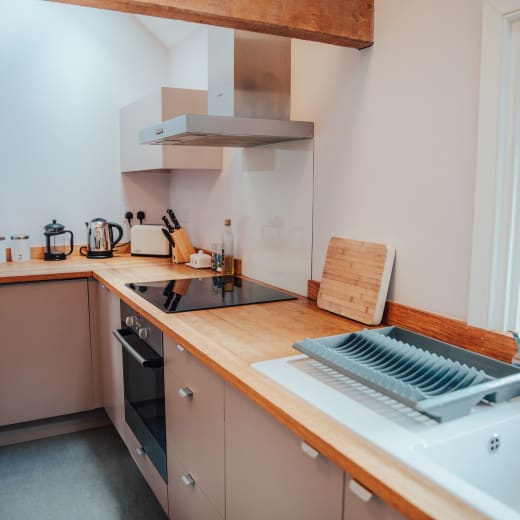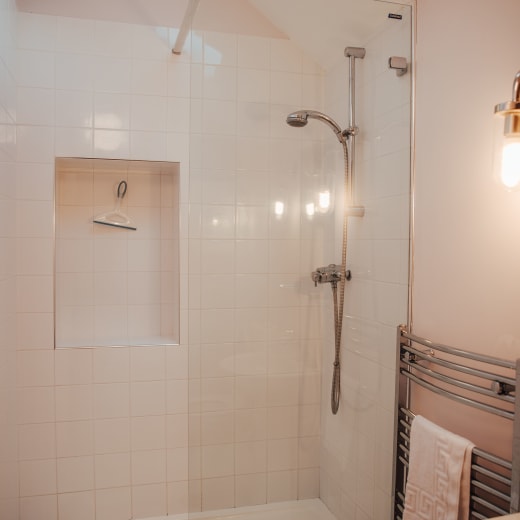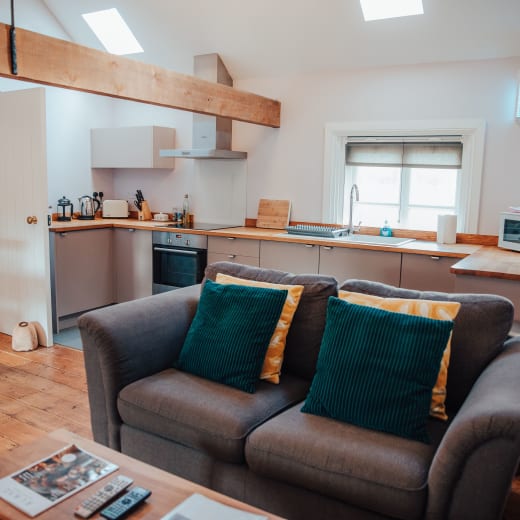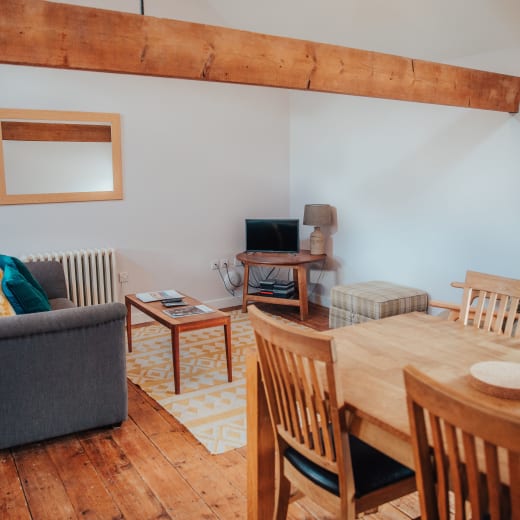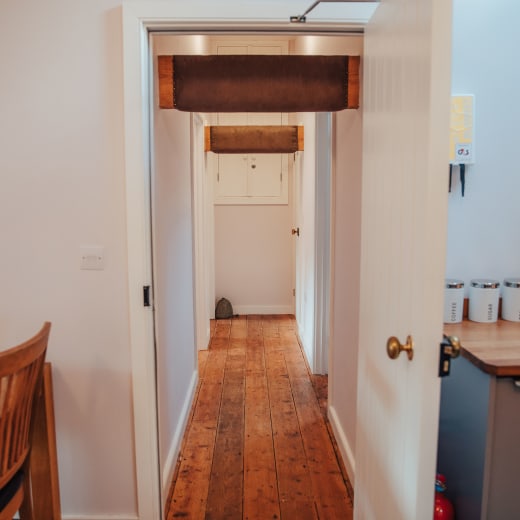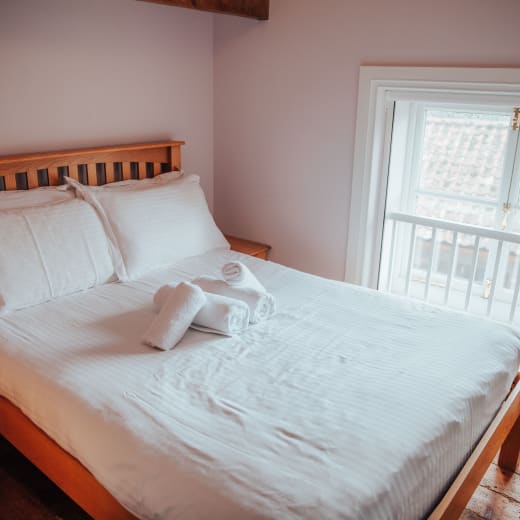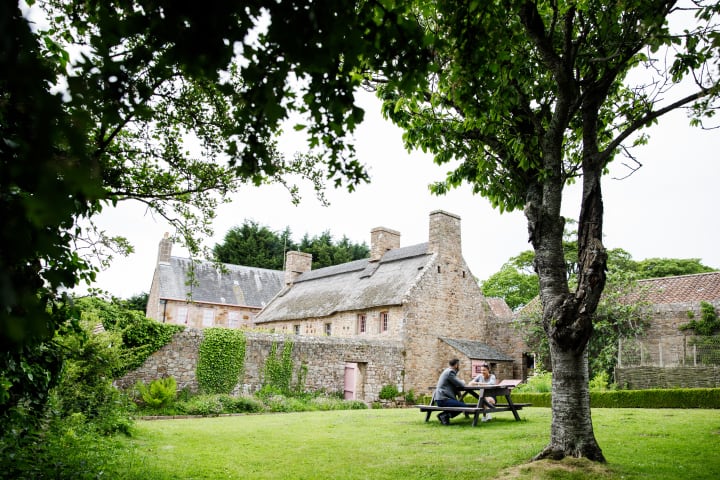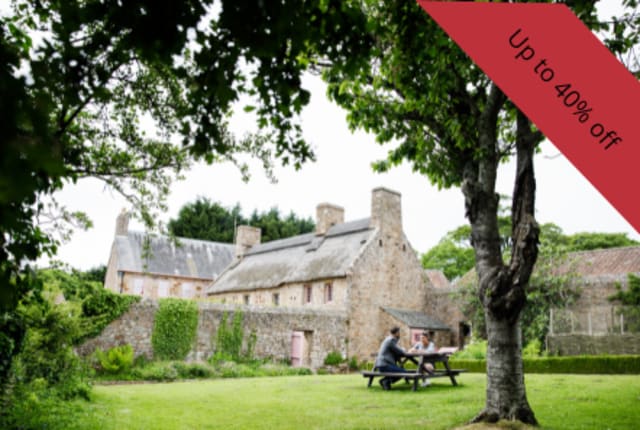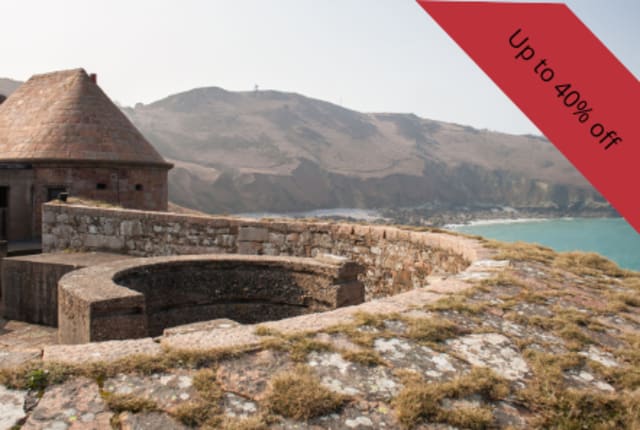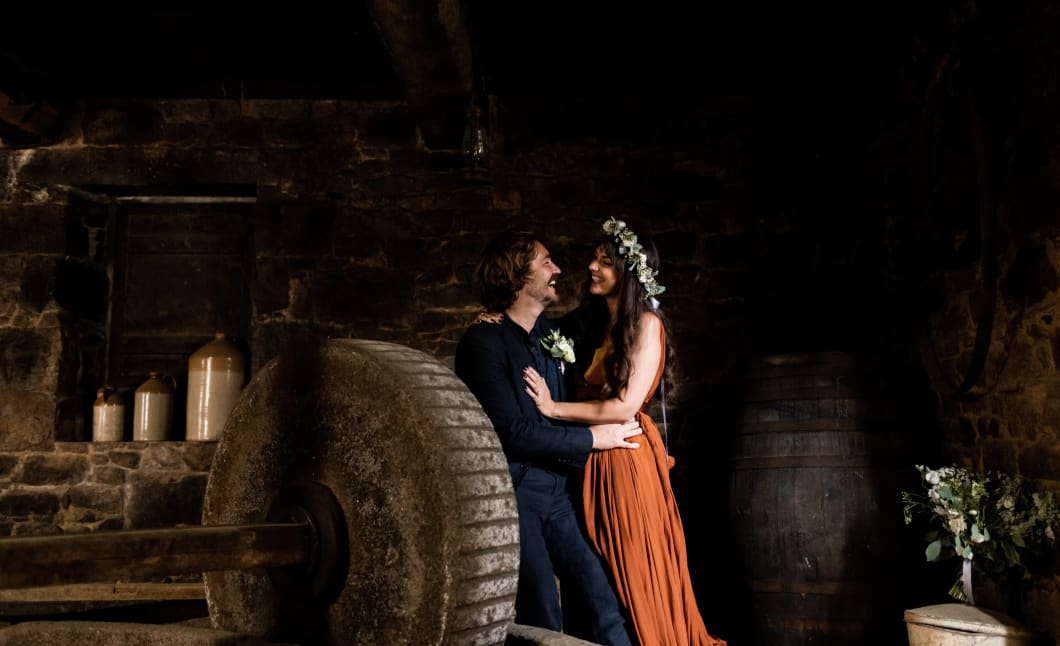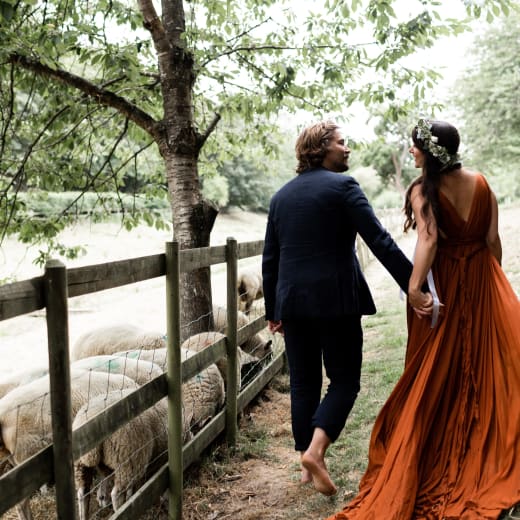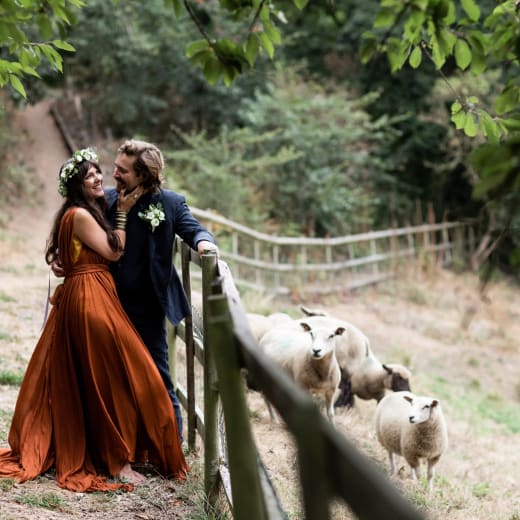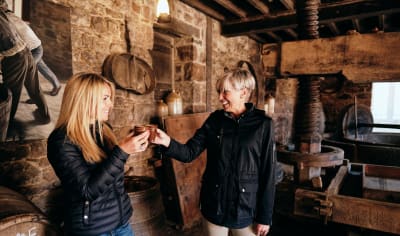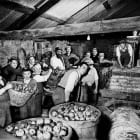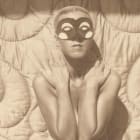
A charming converted barn in a peaceful countryside setting
Pricing
Take advantage of our ‘winter warmer’ discounts on bookings taken on mid-week stays between 3 September 2025 and 3 April 2026 (not valid on bookings taken from 19 December 2025 until 4 January 2026). Weekend stays are charged at the full price.
20% off 2 nights
30% of 3 nights
40% off 4 nights
The discounts are automatically applied when you make your booking.
JH Members discount can be added to this discounted price (on valid dates).
- 2025
- Low season 6 January – 4 April 3 November - 19 December
- 2 nights £385
- 3 nights £556
- 7 nights £1,053
- Mid season 28 April – 1 July 1 September – 2 November
- 3 nights £398
- 7 nights £1,331
- High season 1 July – 31 August 20 December – 4 January 2026 (Christmas)
- 3 Night Minimum stage £600
- Additional cost per night £200
Book now
Location
- Address La Rue de la Patente, St Lawrence, JE3 1HS
- Bus route 7
- What3Words location finder bruiser.composted.athletics
Floorplan

Access
At Jersey Heritage we are committed to ensuring that all visitors can engage with and enjoy our heritage lets. Our access statements have been developed to provide clear information, removing as much guess work as we can. . These resources have been thoughtfully developed to support inclusion and help make our sites a welcoming space for all.
Read the access statement here.
Facilities
1 double bed and 2 single bunk beds – linen & towels provided
Shower and WC
Oven
Fridge & freezer
Dishwasher
Microwave
Crockery & cutlery provided
Central heating
TV and DVD player
Apartment accessed by stairs
Access to meadows and courtyard with garden furniture
Parking nearby
Dogs not allowed
Cot available on request (linen provided)
Countryside location
Car recommended
No disabled access
Free WIFI
Terms & conditions
These are the terms which apply to the contract in relation to your booking of a Jersey Heritage
Holiday Let. For the purpose of these terms, you (the person making the booking) are referred to as the ‘Guest’ (or ‘Guests’), ‘you’ and/or ‘your’.
Please take the time to read these terms carefully as they explain important information, such as
terms of cancellation, security deposits and other important information.
- Your booking must be for holiday purposes only. You may not sublet the property or use it for weddings or parties, unless otherwise approved by Jersey Heritage (JH).
- Arrival and departure: the property will be available to you from 3pm on the first day of the booked letting period. All Guests and occupiers, luggage, property, vehicles etc. must vacate the property and associated land completely by 10.00 am on the last date of the letting period. If a Guest (or their guests) fails to vacate the property or associated land by this time, JH reserve the right to deduct an amount from the security deposit to cover the extra period of occupation and any extended or delayed cleaning arrangements caused by the delay.
- The number of people sleeping at the property must not exceed the number stated on the booking form.
- The lighting of fireworks on land surrounding the site, the use of candles and smoking inside the property are strictly prohibited.
- No tents, marquees or other temporary structures may be erected on land surrounding the property.
- Dogs are allowed at Barge Aground, Fort Leicester, Kempt Tower, Fishermans Cottage and La Crête Fort only; they must be supervised at all times and are not permitted to go on the furniture. Dog waste must be cleared from the surrounding area in an appropriate manner. The grounds are checked before and after each booking and if dog waste is not cleared, we will charge an additional fee, deducted from the security deposit.
- Our properties are important historical sites with many original features. They do not have many of the health and safety features required of modern buildings, it is therefore essential that you and your guests behave responsibly, and that children are supervised at all times. Our properties are fitted with smoke alarms and fire extinguishers.
- Vehicles may only park in the designated area.
- Should there be a disturbance at one of our properties or should local residents be affected as a result of your stay, then your hire may be terminated resulting in the loss of your hire fee. In this instance it is not the responsibility of Jersey Heritage to provide alternative accommodation.
- Any problems whilst you are staying at the property or grounds for complaint should be reported immediately to a member of the Jersey Heritage Lets team or the site supervisor. We will endeavour to address any issues as soon as is reasonably possible. Failure to do so will prejudice a claim irrespective of its merits.
- Although all information regarding prices, availability and on-site facilities are correct at the time of going to print, we reserve the right to change any details contained in published information at any time.
- Fifty per cent of the total hire price is required as a non-refundable deposit upon booking. The full balance is due two months prior to your arrival. Should your booking commence within two months prior to your arrival then the full amount is required upon booking.
Once we have received your booking, the deposit payment has been received and a
confirmation sent, a contract has been entered into that includes all of the listed conditions.
Payment of all required amounts when they are due is the essence of the contract. - An initial enquiry over the telephone or via email does not constitute a booking. A
booking is firm when full payment of the deposit has been received and confirmed to you in writing. - When you make a booking, you declare that you are over 25 years of age and will be present for the duration of the hire. You have full responsibility for all persons who will use the property during the period booked, and affirm that you have read and fully understood our terms and conditions.
- We will not accept bookings on behalf of another individual – for example, a parent hiring on behalf of their teenage child or a member hiring a property for a non-member.
Data Protection
Jersey Heritage collects and processes the personal data that you submit as part of your booking or enquiry for a number of purposes, including the following:
- To respond to your enquiry
- To process your booking as part of our contract with you
- As part of our legal obligations, e.g. for health and safety purposes
- To enforce our rules and policies
- To comply with orders/requests received from public and regulatory governmental and judicial bodies, e.g. States of Jersey Police for emergency response and anti-social behaviour
If you give your consent, we will also use your personal data to contact you and notify you of any special events, organisational developments and promotions offered by Jersey Heritage.
You can remove this consent for marketing at any time by contacting enquiries@jerseyheritage.org or simply unsubscribing from our e-shots.
Storage of Personal Data
Data is stored electronically off-site by a third-party data storage provider. To ensure that your personal information receives an adequate level of protection, we have put in place appropriate procedures with the third parties we share your personal data with to ensure that your personal information is treated by those third parties in a way that is consistent with, and which respects, the law on data protection.
Your data will not be disclosed to any other ‘third party’ unless required by statute or by obtaining your express approval.
For more information please see the Jersey Heritage Privacy Policy or contact dpo@jerseyheritage.org
- Sleeps 4
- Self catering
- WiFi available
- Up to 40% off
The Stable Apartment is a fully equipped self-catering apartment, sitting in a beautifully restored farm setting, with a collection of thatched granite houses, stables and meadows in the heart of Jersey’s tranquil countryside. This cosy space has low-hanging wooden beams in an open-plan lounge, dining and kitchen area. There is one snug double bedroom and one bunk room with two single beds, both overlooking the farm courtyard.
The Stable Apartment is one of two well-appointed apartments that have been lovingly restored and can be rented together to accommodate up to 10 people.
Please note, Hamptonne operates as a visitor attraction and the public will be on-site during opening hours. But once the doors close, guests have the property to themselves to roam freely, along with the small group of resident chickens.
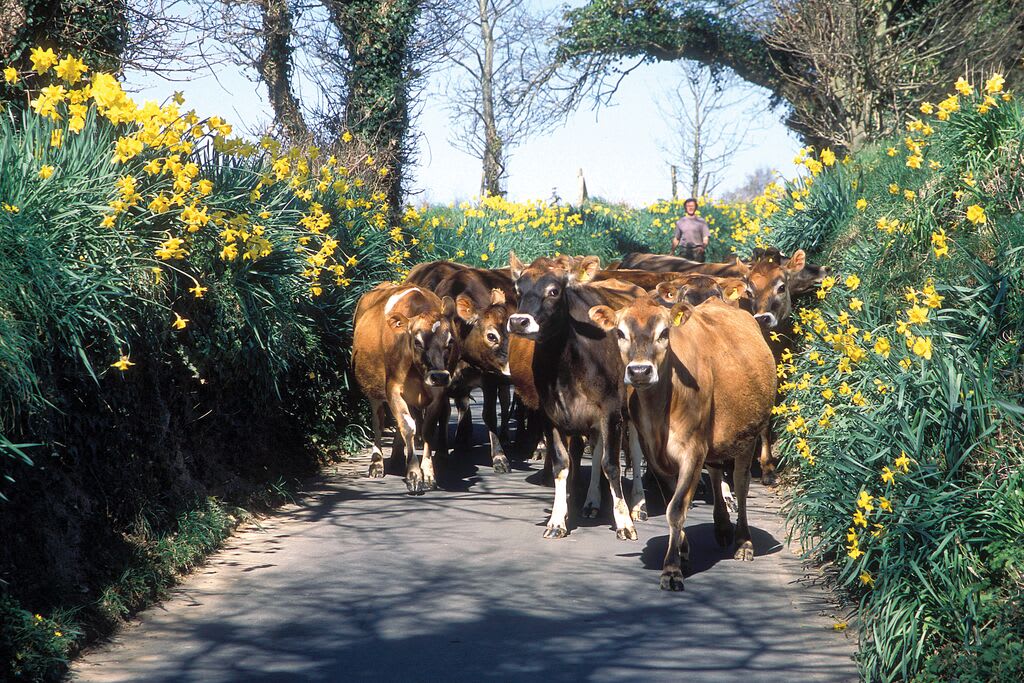
How many does this property sleep?
Stable Apartment sleeps up to four people in one double bedroom and one twin bunk room. It can be hired in conjunction with the Cider Barn, which sleeps six people. Please see the floor plan for further information.
Can I hire the property for one night?
The minimum number of nights available for all of our properties (except for guided experience properties) is two nights. Please refer to the pricing section to see the number of nights available for each season.
How do I collect the keys?
Upon confirmation of your booking you will be sent a unique key code, which opens the secure key box on-site.
Does the property have parking?
Yes, there is parking in the Hamptonne visitor car park adjacent to the property.
What are the bathroom facilities?
There is one bathroom with a shower.
What heating does the property have and does it have a fire?
Stable Apartment has electric radiators and underfloor heating in the bathroom. It does not have a fire.
Does the property have a washing machine or dishwasher?
There is a dishwasher in the property, but no washing machine.
Are dogs allowed to stay in the property?
Dogs are not allowed to stay at this property.
Is there a garden?
The Stable Apartment is located within the beautiful grounds of Hamptonne Country Life Museum. Hamptonne has great open areas including an orchard and a meadow that is perfect for kids to run around. Guests staying at the apartment have access to the outside areas through a courtyard. Throughout the year we may have chickens in the meadows and during the summer we may have livestock including cows and pigs. The animals on-site are taken care of by Jersey Heritage staff, please do not feed them.










